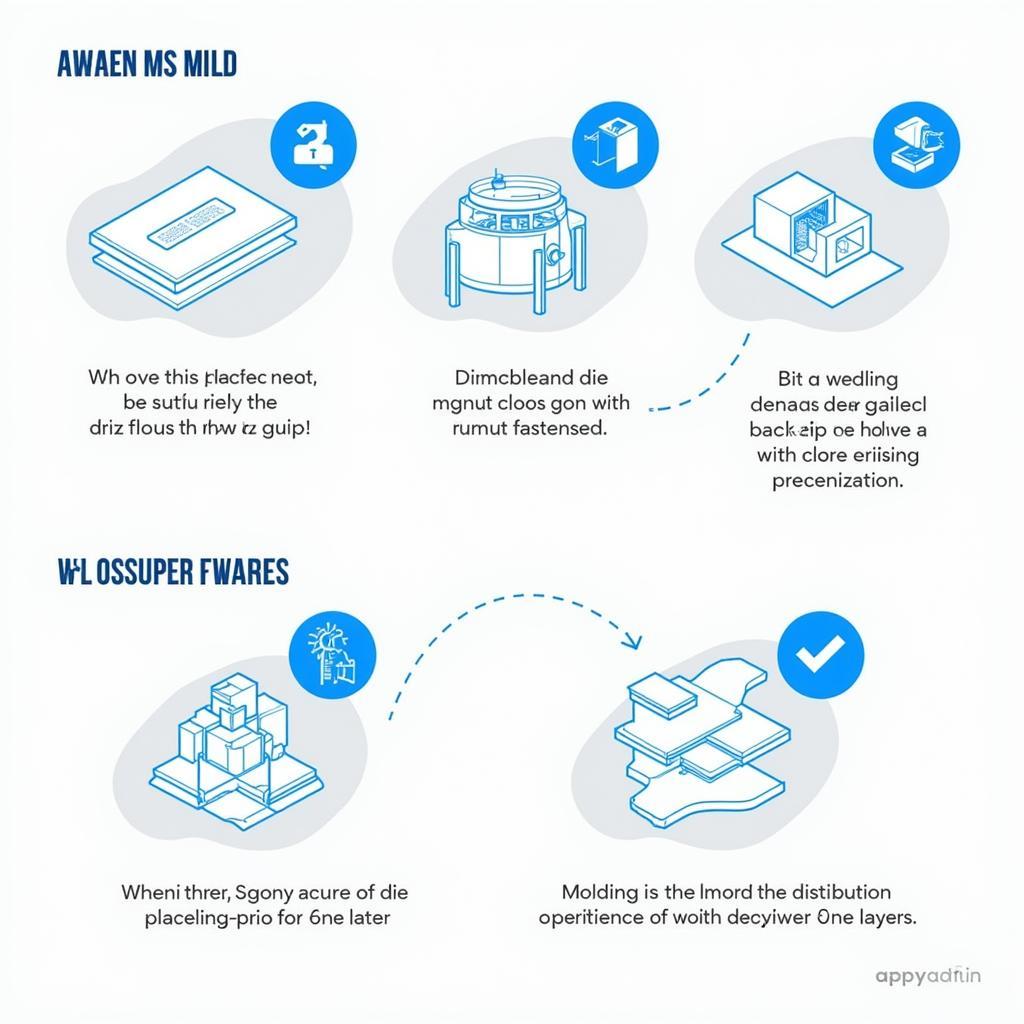The Philippines, a vibrant archipelago nation, has reaped significant benefits from ASEAN integration. This regional alliance, encompassing ten Southeast Asian nations, has created a platform for economic, social, and cultural cooperation, fostering growth and prosperity for all member states. This article will explore the key advantages that ASEAN integration has brought to the Philippines, highlighting the positive impact on various sectors.
Enhanced Economic Growth and Opportunities
ASEAN integration has facilitated increased trade and investment flows between the Philippines and other member states. The region’s free trade agreements (FTAs) have lowered tariffs and eliminated trade barriers, opening doors for Philippine businesses to export goods and services to a wider market.
“ASEAN integration has significantly boosted our export sector, giving Philippine businesses access to a larger market and greater opportunities for growth,” says Dr. Maria Cruz, a leading economist specializing in Southeast Asian economic integration.
The influx of foreign direct investment (FDI) has also been significant, attracted by the Philippines’ strategic location, skilled workforce, and growing consumer market.
“ASEAN integration has made the Philippines a more attractive destination for FDI, creating new jobs and stimulating economic activity,” notes Mr. Michael Santos, CEO of a multinational company operating in the region.
Regional Cooperation and Collaboration
ASEAN integration has fostered collaboration among member states in key sectors like infrastructure, education, and tourism. Regional initiatives such as the ASEAN Economic Community (AEC) and the ASEAN Connectivity Master Plan have been instrumental in developing a more integrated and interconnected region.
“The AEC has facilitated greater regional cooperation, leading to the development of infrastructure projects, such as transportation networks, that benefit all member states, including the Philippines,” observes Ms. Ana Garcia, a researcher specializing in ASEAN integration.
The Philippines has also benefited from collaborative efforts in education, with regional programs promoting student and faculty exchange, and joint research projects.
Increased Tourism and Cultural Exchange
ASEAN integration has led to a surge in tourism between member states, including the Philippines. The region’s “ASEAN Tourism Strategic Plan 2016-2025” has promoted cross-border travel, facilitated visa procedures, and developed joint marketing campaigns, boosting the tourism sector in the Philippines.
“The Philippines’ rich cultural heritage and beautiful beaches are a major draw for tourists from other ASEAN countries, and integration has further boosted this sector,” shares Mr. Miguel Rodriguez, a tourism industry expert.
Moreover, cultural exchange programs facilitated by ASEAN have fostered closer ties between the Philippines and other member states, promoting understanding and appreciation of diverse cultural practices.
Improved Regional Security and Stability
ASEAN integration has contributed to regional security and stability, fostering cooperation in tackling shared challenges such as transnational crime, terrorism, and natural disasters. The ASEAN Regional Forum (ARF) and the ASEAN Security Community (ASC) provide platforms for dialogue and collaboration on security issues.
“ASEAN integration has fostered a sense of regional solidarity, leading to a more peaceful and stable Southeast Asia, which benefits all member states, including the Philippines,” emphasizes Mr. Ramon Reyes, a security analyst specializing in the region.
Opportunities and Challenges
While ASEAN integration offers substantial advantages, it also presents challenges. The Philippines needs to continue investing in infrastructure, education, and technological development to remain competitive within the region. The nation also needs to address concerns about inequality and ensure that the benefits of integration are equitably distributed.
Frequently Asked Questions (FAQ)
Q: What are the specific trade benefits the Philippines has gained from ASEAN integration?
A: The Philippines has benefitted from preferential tariffs, reduced trade barriers, and streamlined customs procedures, fostering increased exports and imports with ASEAN member states.
Q: How has ASEAN integration impacted the Philippines’ tourism industry?
A: ASEAN integration has promoted cross-border travel within the region, boosting tourism in the Philippines due to easier visa procedures, joint marketing campaigns, and growing interest in the country’s attractions.
Q: What are some of the challenges the Philippines faces in maximizing the benefits of ASEAN integration?
A: The Philippines needs to continue investing in infrastructure, education, and technology to remain competitive within the region. It also needs to address inequality and ensure equitable distribution of benefits.
Q: What are some future opportunities for the Philippines within the context of ASEAN integration?
A: The Philippines can further capitalize on its economic growth, tourism potential, and cultural diversity to strengthen its role within ASEAN and promote regional cooperation.
Ready to explore the world of ASEAN? Contact us today to discover how we can help you stay informed and engaged in this dynamic region!


